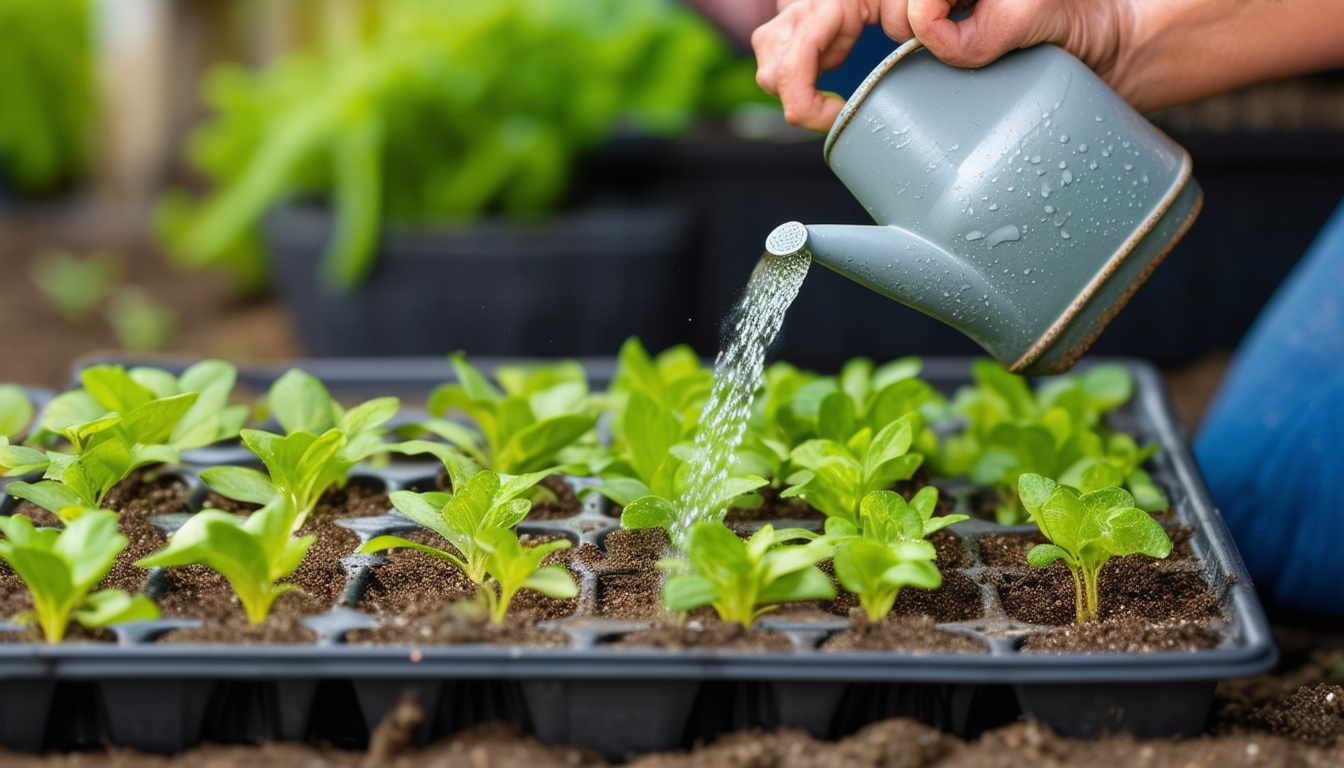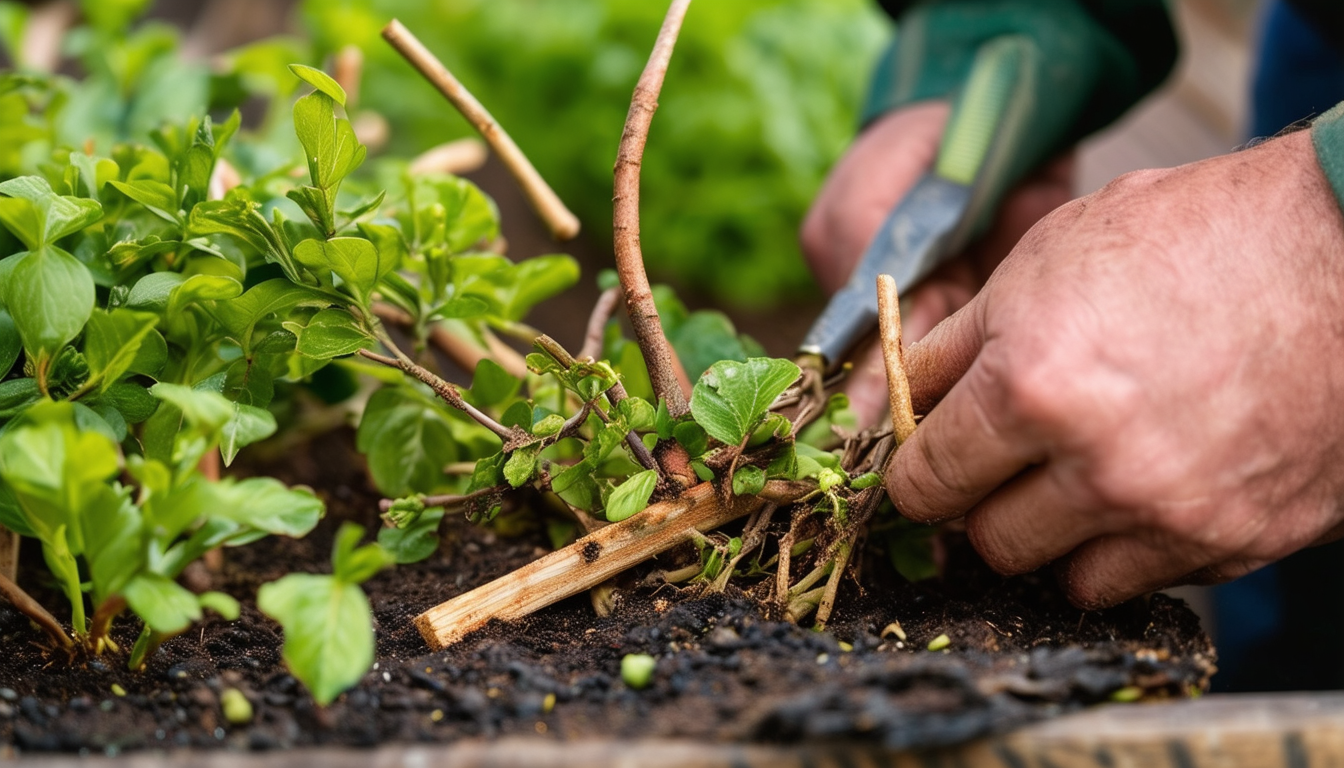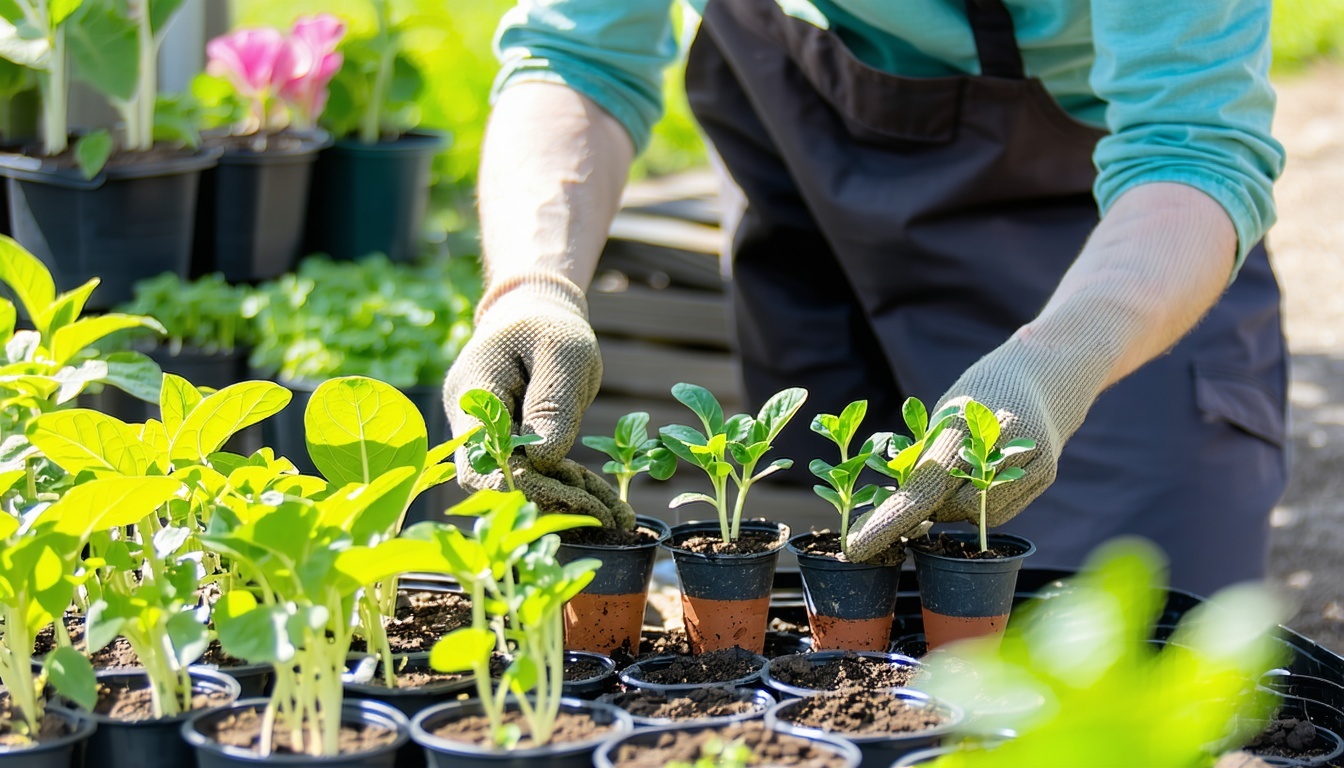
Ensuring your seedlings receive the right amount of water is crucial for robust spring growth and a bountiful garden.
Understanding the Water Needs of Different Seedlings
Different seedlings have varying water requirements, which largely depend on their species and growth stage. Some seedlings, like tomatoes, prefer consistently moist soil, whereas others, such as succulents, need less frequent watering.
It's essential to do a bit of research on the specific needs of your seedlings to avoid over or under-watering. Understanding these needs will help you provide the optimal conditions for their growth.
Time of Day: When to Water Your Seedlings
The best time to water seedlings is early in the morning. This allows the water to soak into the soil before the heat of the day causes it to evaporate. Watering in the morning also gives the plants time to dry off, reducing the risk of fungal diseases.
Avoid watering in the evening because the cooler night temperatures can lead to excess moisture and promote mold growth. If morning watering isn't possible, late afternoon is the next best time.
Techniques for Effective Seedling Watering
One effective technique is bottom watering, where you place the seedling pots in a tray of water and let the soil absorb moisture from the bottom. This method ensures even distribution of water and prevents the seedlings from being overly wet.
Another method is using a fine mist or spray bottle to gently water the seedlings without disturbing the soil. Always aim for the base of the plant to avoid wetting the leaves.
Common Watering Mistakes and How to Avoid Them
A common mistake is over-watering, which can lead to root rot and other issues. It's crucial to let the soil dry out slightly between waterings to prevent this.
Under-watering can be equally detrimental, causing the seedlings to wilt and stunt their growth. Finding the right balance is key. Using a moisture meter can help you determine when your seedlings need water.
Tools and Products to Simplify Seedling Watering
There are several tools that can make watering seedlings easier and more effective. A moisture meter can help you monitor soil moisture levels, ensuring you don't over or under-water your plants.
Self-watering seed trays and capillary mats are also excellent options. These products provide consistent moisture to the seedlings without the need for frequent manual watering.
How do I test if I've overwatered?
One way to test if you've over-watered is by checking the soil. If the soil is soggy or waterlogged, it's a sign of over-watering. Additionally, yellowing leaves and mold growth on the soil surface are indicators.
Another method is to lift the seedling container. If it feels unusually heavy, it likely contains excess water.
What to do If I've over-watered?
If you've over-watered, the first step is to stop watering immediately and allow the soil to dry out. You can also improve air circulation around the seedlings to speed up the drying process.
If the seedlings are in containers, consider repotting them with fresh, dry soil. This can help prevent root rot and other water-related issues.
Create a watering schedule
Creating a watering schedule can help you provide consistent care for your seedlings. Start by noting the specific water needs of each type of seedling and their growth stage.
Set reminders for watering days, and adjust the schedule based on weather conditions and the seedlings' responses. Consistency is key to healthy growth.
5 steps to setting up a simple irrigation system
1. Choose an appropriate irrigation method, such as drip irrigation or soaker hoses, based on your garden size and layout.
2. Lay out the irrigation lines, ensuring they reach all the seedling areas.
3. Connect the lines to a water source and install a timer to automate the watering process.
4. Test the system to ensure even water distribution and make any necessary adjustments.
5. Monitor the system regularly to ensure it’s functioning correctly and providing adequate water to your seedlings.



